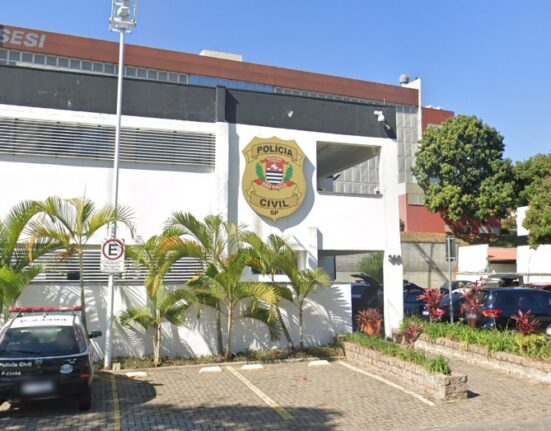Brazil’s claim to a submerged island in the Atlantic Ocean the size of Spain has sparked intrigue and fascination since 2018. Known as the Rio Grande Rise, this underwater formation lies 5,000 meters deep and approximately 1,200 km off the coast of Rio Grande do Sul. Scientists believe that this island may have once been connected to what is now Brazil. Geological evidence suggests that before submerging, the landmass had soil identical to that found in the interior of São Paulo.
Researchers from the University of São Paulo have conducted studies revealing that this 500,000 km² island contains “rare earth elements,” also known as “minerals of the future,” crucial for the energy transition. These minerals, along with basalt and layers of red clay, indicate that the region was once a tropical volcanic island. Carina Ulsen, a researcher at USP, emphasizes the significance of these minerals, stating, “These are natural resources. A country either has reserves or does not; it cannot fabricate minerals. Brazil is rich in this wealth, as we have found an anomalous concentration of minerals in the Rio Grande Rise.”
While Brazil boasts the world’s second-largest reserve of rare earth elements, the country is yet to fully master the technology for processing and industrial transformation of these minerals. As a result, Brazil primarily exports these raw commodities without adding substantial value. The potential of these “rare earth elements” is not only vital for Brazil’s economic growth but also holds strategic importance in the global geopolitical landscape.
The Rio Grande Rise is situated in an area known as the Southern Eastern Margin, one of three regions claimed by the Brazilian government in international waters. These territories lie beyond Brazil’s Exclusive Economic Zone (EEZ), extending the country’s maritime boundaries. The submission for control of the Southern Eastern Margin is currently under review by the Commission on the Limits of the Continental Shelf (CLCS) of the United Nations Convention on the Law of the Sea. The methodology and arguments presented by Brazil have been endorsed by the CLCS, awaiting a decision from the UN.
Geological surveys indicate that the Rio Grande Rise once featured peaks surpassing 4,000 meters in height, towering over Brazil’s highest peak, Pico da Neblina. The former volcanic island likely had a tropical climate, surrounded by forests and reefs. Over time, natural erosion and successive lava eruptions shaped the landscape, forming layers of red clay amidst black basalt. Expeditions led by researchers from the University of São Paulo have unveiled these geological wonders, providing insights into the island’s past and its connection to the mainland.
The discovery of the Rio Grande Rise’s resemblance to the soil of São Paulo’s interior has been pivotal in the international assessment of Brazil’s territorial claim. Ongoing research led by universities across Brazil delves into various aspects of the region, from environmental impacts to geological formations, aiming to understand the full scope of this underwater treasure trove.
The Rio Grande Rise not only represents a potential source of valuable minerals but also symbolizes Brazil’s quest for economic advancement and environmental stewardship. As the world looks towards sustainable energy solutions, Brazil’s claim to this submerged island underscores the nation’s strategic position in the global arena and the importance of responsible resource management.









Leave feedback about this